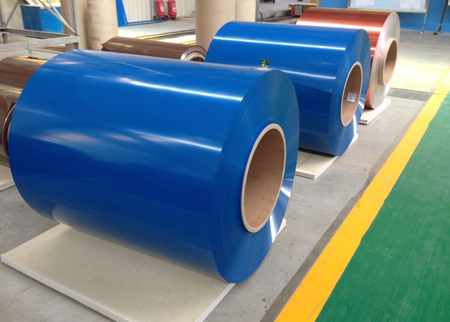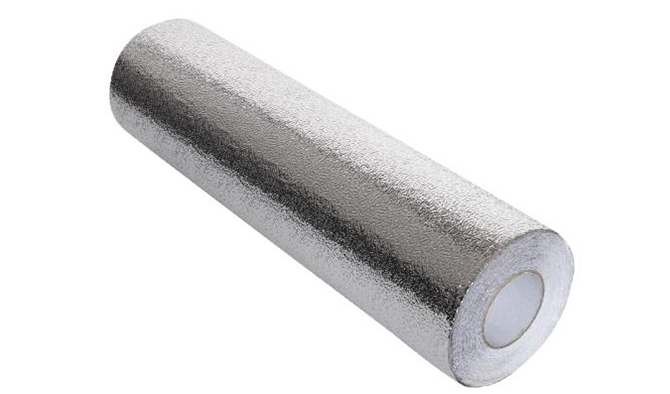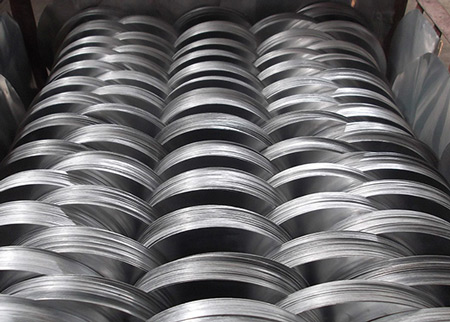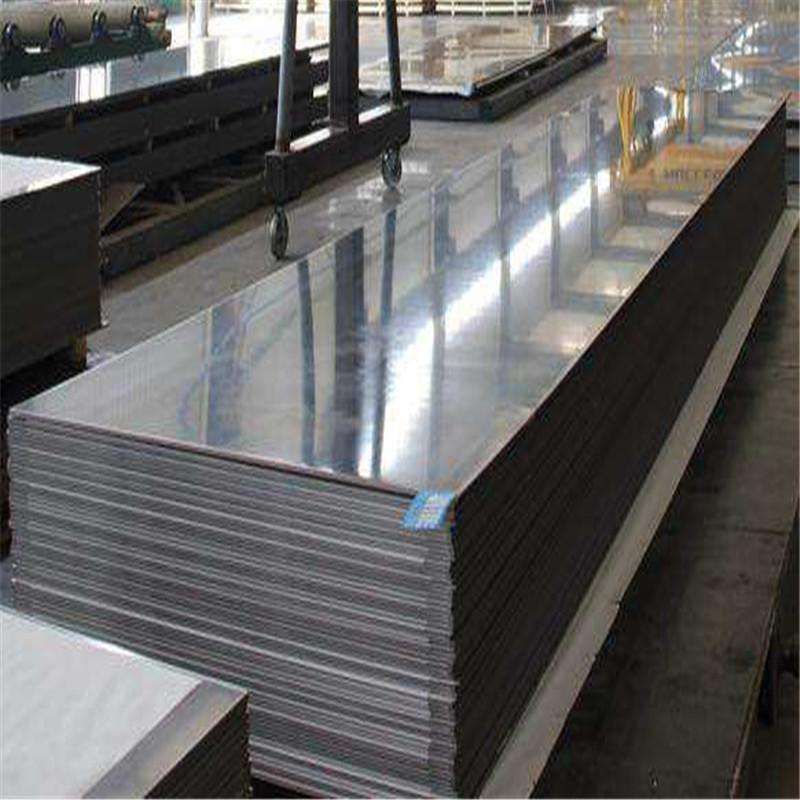



How to distinguish between cast and forged aluminium alloys is a problem for many customers. The processing method of aluminium alloy can be divided into two kinds of casting and forging, so what is forging? Haomei Aluminium will introduce aluminium alloy forging. If you want to know more about the difference between it and aluminium alloy casting, you can read our next article. Let's take a look at aluminium alloy forging next!
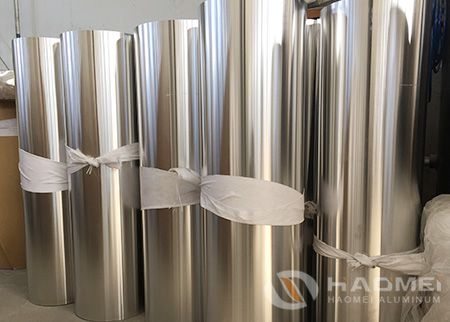
1. Forging: is the use of forging machinery on the metal billet pressure, so that it produces plastic deformation to obtain a certain mechanical properties, a certain shape and size forgings processing methods.
2. Forging one of the two major components. Through forging can eliminate the cast metal loose, welded holes, forgings are generally better than the same material mechanical properties of the casting. Machinery in the high load, severe working conditions of important parts, in addition to the simpler shape of the available rolled plate, profile or welded parts, more forgings.
3. Forging according to the forming method can be divided into: ① open forging (free forging). The use of impact or pressure to make metal in the upper and lower two against the iron (anvil) between the deformation to obtain the required forgings, mainly manual forging and mechanical forging two. ② Closed mode forging. Metal billet in a certain shape of forging die chamber pressure deformation and obtain forgings, can be divided into die forging, cold heading, rotary forging, extrusion, etc.. Forging by deformation temperature can be divided into hot forging (processing temperature higher than the recrystallization temperature of the billet metal), warm forging (lower than the recrystallization temperature) and cold forging (room temperature).
4. Forging materials are mainly carbon steel and alloy steel of various compositions, followed by aluminum, magnesium, titanium, copper, etc. and their alloys. The original state of the material is bar, ingot, metal powder and liquid metal. The ratio of the cross-sectional area of the metal before deformation to the die cross-sectional area after deformation is called the forging ratio. The correct choice of forging ratio is very relevant to improving product quality and reducing costs.
* Thank you for your inquiry. Please provide your business needs information so that we can better serve you.
This information can help us assign the most suitable person to solve your problem. We will give you feedback within 1-2 working days.
Related Blog
